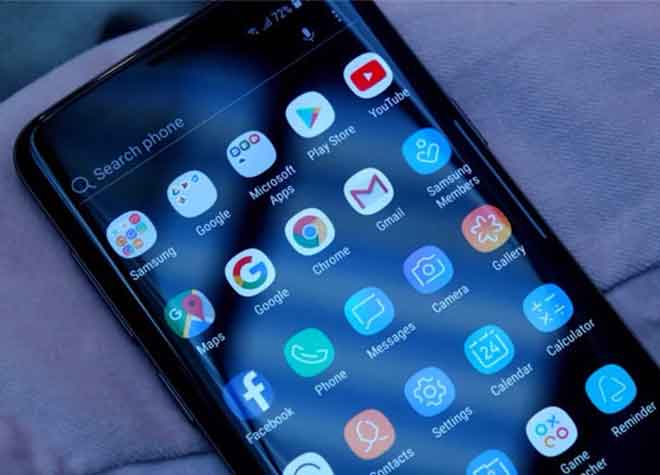How to uninstall Android system applications
What is bloatware and how to remove it from your Android mobile. By reading this article you will understand how to uninstall pre-installed Android apps without enabling root permissions. We will see how to uninstall Bloatware or more commonly called System App from Samsung phones.
This usually happens. Turn on the cellphone you just bought and see that the app drawer is full of apps you haven’t installed, nor are you likely to use them for as long as you have the phone. This is the system bloatware or app.
Although manufacturers are increasingly kind to users and little by little many have put aside the mania of flood the software of their phones with applications of all kinds, there are still those who refuse to get rid of these additions, although most users will never use them.
But not all system applications are useless, mind you. In this guide we explain everything you need to know about how to uninstall and disable system android apps without root permissions.
Bloatware: what is it?
At the beginning of the article, I referred to bloatware as useless software, applications pre-installed on a device from the day you purchase it. Broadly speaking, that’s true, but generally the term bloatware refers to all that “bloatware” software, that comes pre-installed in the device’s operating system, occupying and consuming resources without providing obvious benefits to users.
Therefore, it would not be correct to call the system settings application bloatware, which comes pre-installed on all android phones, but it would be an option within settings which, for example, can be used for scan installed apps for viruses although Android already includes such a tool via Google Play called Play Protect, as it has been shown on more than one occasion that it is not necessary to have an antivirus installed on Android.
And it is that “junk” or “useless” software is not limited only to applications. We can also find options, added in system settings, modules or UI components that, while providing no value, take up space, consume resources like memory or battery, or simply litter the experience with the device.
Then what could we consider “good bloatware”? All those system applications or integrations which, although not essential for the functioning of the system or device, provide a real utility or serve to improve the user experience.
Applications that are not provided by default in AOSP such as a file browser, video player, or gallery application are very useful pre-installed apps, as long as they do not exceed the limit.
How to remove bloatware?
There is good news: the bloatware can be removed. Some manufacturers offer the ability to disable or disable pre-installed applications, so free up space on android.
While this can be a solution to get rid of bloatware, it must be kept in mind that disabling apps consists of deleting the installation of the application itself, keeping the installation package so that, in the future, it can be restored.
The most drastic and effective way to uninstall pre-installed apps on Android is, therefore, to remove those applications pre-installed on the system by the manufacturer.
The easiest way to do this is, logically, uninstall the app as usual via the system settings. However, it is not always possible, and it is in this situation that one must resort a a more efficient solution through slightly more advanced procedures.
Remove rootless bloatware
You don’t need to be a superuser to be able to delete unwanted apps from Android. Just a USB cable and a computer with i driver ADB installati. If you meet these requirements, these are the steps to follow:
- Enable Developer Options. To do this, go up Settings -> About phone -> Software information and quickly tap 7 times the build number.
- Enable USB Debugging. To do this, go up Developer options, scroll down and tap Debug USB to enable it.
- Go to the folder where you extracted the ADB zip.
- Inside the folder, click with the right mouse button and then select the option Open the Command Prompt here.
- Once the Command Prompt is open type the command adb devices.
- A pop-up will appear on the screen of your Android phone asking you to give your PC permission to access your device’s USB Debugging.
- Confirm to proceed.
- in the command prompt window you will see some code related to your smartphone. Now type the following command: adb shell
- Write the command pm list packages | grep ‘name of the manufacturer’ to see system apps that report the name of your phone’s manufacturer.
- Once you have found the system app to delete use the following command: pm uninstall -k –user 0
- Hit enter to proceed and delete the app in question.
It is possible to use this procedure on Huawei, Samsung, Doogee, HTC, LG, Meizu, etc …
The only downside to this solution is that it only allows you to delete specific applications and not add them to the phone software as options within the settings menu or interface elements.
Fortunately, this type of procedure, although annoying, does not usually consume as many resources as system applications and allows you to remove pre-installed applications on Android.















